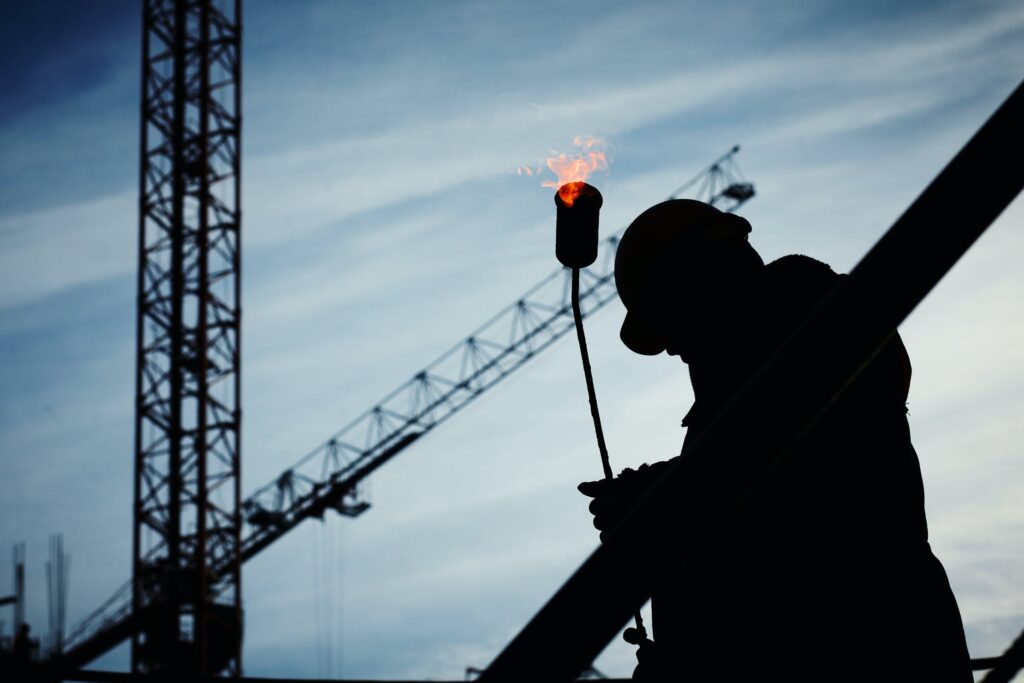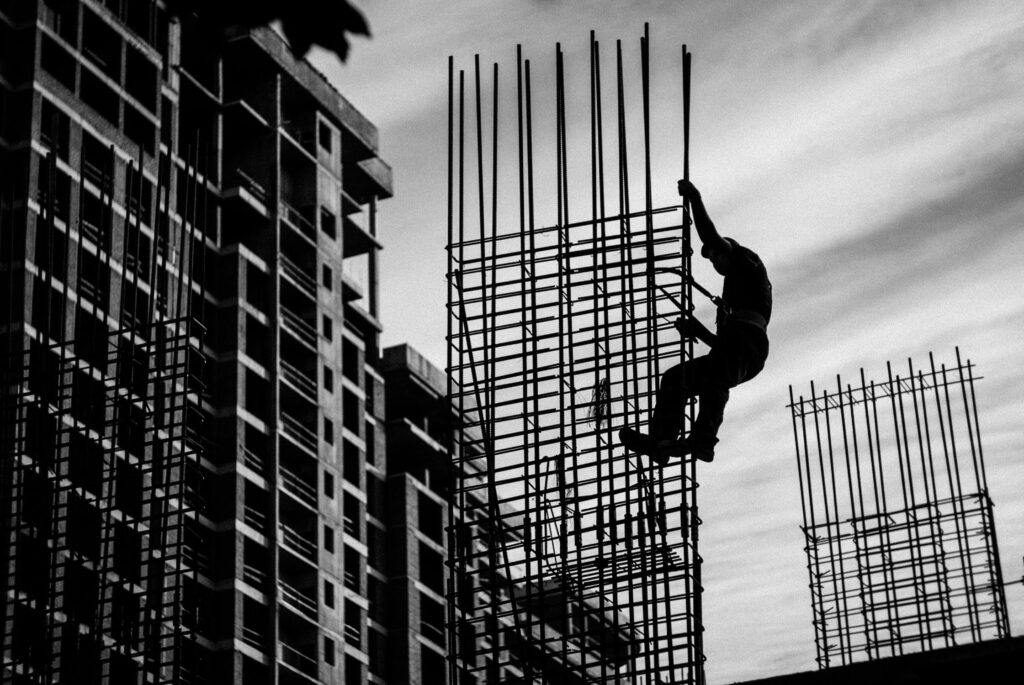The future of the construction industry in Australia in 2022
In the whirlwind of the events that have occurred in the last two years, we have received an innumerable amount of information with which we can attempt to analyse and understand. This information can give us valuable information when it comes to how the COVID-19 Pandemic has affected society as a whole.
For the purposes of this blog, we need only look at the pandemic’s impact on Australia’s economy. Whilst some industries have taken advantage of the consequences of the pandemic such as tech companies and online consumer market services, others have had to bear the brunt of decreased capacity, revenues and subsequently profits. Indeed, many have needed to face the prospect of changing their business models to acclimatise and steady the tide.
One such industry that has suffered in many aspects is the construction industry. One of the largest industries in Australia, construction’s downfall has been Australia’s downfall. A generation of $360 billion in revenue and roughly 9% in GDP before the pandemic is testament to this.
Throughout 2020 and 2021, the workplace was altered, restrictions were introduced and legislation was implemented.
Despite this, what is evident is that the industry, and the economy as a whole, is returning to form and picking up the pieces.
Now we are in 2022, with greater prospects on the horizon. Things are much better than they have been in a long time. So, what does 2022 entail for the construction industry?

Greater investment in technology
Presiding in a world of digitisation means that everywhere you look, investment in research and development from a technological standpoint is ongoing. Tech is being introduced to most sectors of the economy in greater quantities than ever before. Construction is no different.
Despite the requirement for physical labour, the advent of technology as a solution to productivity is a key factor that saves costs and time. The pandemic has triggered the need to develop methods for enhanced efficiency. If more workers cannot be present on worksites at any given time due to social distancing and health requirements, how can this be countered?
The only answer is more implementation of tech. Bringing in new tech to replace machinery and hardware will aid construction in meeting demand and ensuring economic efficiency and productivity, which will only seek to increase economic growth.
More investment into the public sector
When the economy falls to a recession, we can expect the federal government to boost the economy by putting in more money. The federal budget has undergone significant changes in the last two years. With stagnation in economic growth, some industries have taken a backseat to others. Australia relies on construction, and throughout the pandemic has attempted to avoid completely shutting down projects, instead encouraging delays and less people on the job.
The trend that will develop is the government investing significantly to ensure many construction projects can begin this year. The goal is to create more jobs and come out of a minor recession, and the best way to do that is to create a big build boom.
Increased regulations
Prior to the pandemic, the construction industry was already subject to some of the most stringent rules and regulations in Australia. This will inevitably increase throughout 2022, based on how the pandemic has had an effect on various aspects of the industry.
Projects require the right people with thoroughly honed expertise and skill who understand the requirements for a project to be sufficient and satisfactory for public or private use. This is why quality and safety is so important, particularly considering the importance of construction in terms of providing safe infrastructure for people to utilise in any manner of purpose. Confidence must be the defining factor of how the construction industry moves forward with infrastructure projects designed to stimulate the economy.
This can come in a variety of ways. The amount of workers on a site at any given time, or even the types of skilled labour present.
The pandemic has only increased this need for regulations. Although it may seem more tedious than needed, it is one of the keys to ensuring more projects are greenlit over the coming year.

Flexible working arrangements
One of the more important changes to how construction operates in Australia is how work is conducted. What can be surmised from looking at the building and construction industry at face value is that it is reliant on physicality. What is built requires some form of manual labour, and therefore more than one person could be working on something at any given time.
Regardless, the pandemic has altered the way in which things operate. Social distancing was not even a concept a few years ago, but has now become a requirement in most environments, including work. For an industry so reliant on the physical aspect, the challenge to working around this has been a difficult process for those most dependent on it. The question that has been asked numerous times is: how do you incorporate more labour whilst complying with social distancing?
What we may see is less staffed workers at particular times of the day. This may hamper schedules, prolonging projects to longer end dates, however it is a significant upgrade to previous instances where projects were previously shelved or kept for later dates of completion. As long as projects are coming, the construction industry shouldn’t have too much trouble working around arrangements of employment.
The reason why it is simple to conclude that there shouldn’t be too many difficulties is because a skilled shortage of labour has been present in construction for many years. The demand for quality workers is significant, but the supply of talent is not sufficient to meet this level of demand, so unemployment levels from construction will not necessarily have a big impact on the economy.
While there is less supply of jobs, employment is expected to increase in 2022. The numbers started to fall over a two year period during covid, however there should be a rise over the coming year.
Reduced shortages for natural and material resources
Because of the length of time COVID-19 has been an affluent presence in communities, the process of delivery, trading and usage of resources has stagnated in efficiency. Numerous industries have been affected, which has meant that supply of goods have decreased and demand is much too big to suffice, therefore they cannot meet each other at an appropriate level. With outbreaks and daily cases reducing consistently across not just Australia, but the rest of the world, we should eventually see these shortages fall over time. It will not be quick however, as time is desperately needed to ensure worldwide trade in resources returns to optimal levels. We can, however, expect to see this change develop across 2022.
Considering the construction industry’s importance to Australia’s economy, it is extremely important that positive outcomes are achieved in 2022. Although 2020 and 2021 have had large spades of difficult periods, these lows are progressively becoming less prominent with each passing day. The trends in this blog are our forecast for 2022, and with these trends developing we can expect big changes for the industry that only seek to improve its standing.
WunderBuild is a construction management software that aims to provide all of the necessary functionalities required and more to bring out the best outcomes for a project.
It is currently offering a free trial, visit here to try WunderBuild for free




